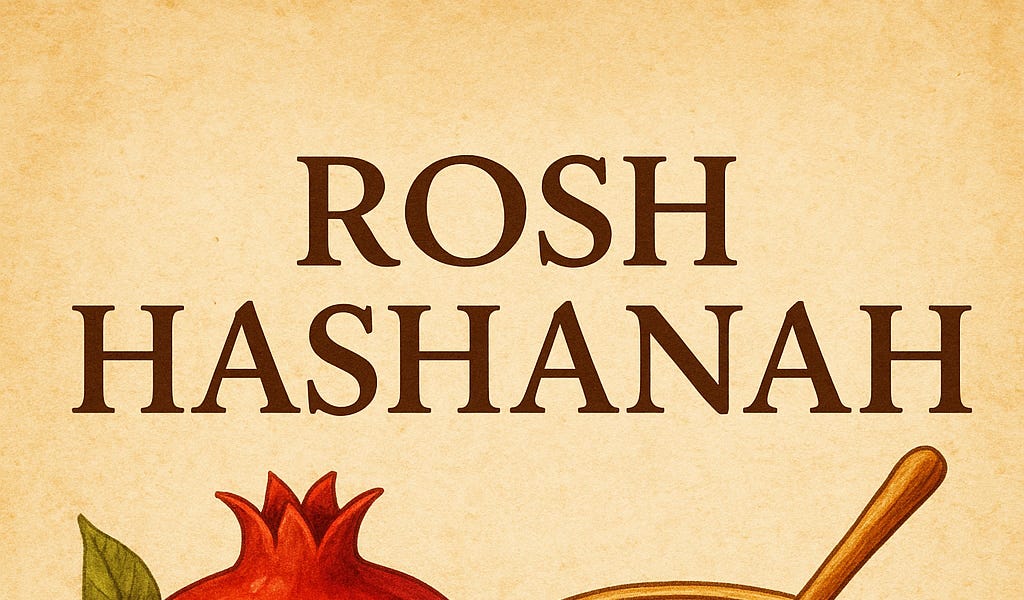
To read instead of watching the video go here: https://substack.com/home/post/p-174250114?source=queue
While the foundation for our holiday of Rosh HaShanah is found in the Torah, the actual name - Rosh HaShanah - is not found anywhere in the Tanakh. So where does the name come from? In this video I break it down.
Parshat Naso is the longest single parsha in the Torah, clocking in at 176 verses. That’s Torah’s way of saying, “Hey, you might want to take a long , serious and contemplative look at what you’re about to learn.”
Also on Substack: https://substack.com/home/post/p-165229596?source=queue
Mamdani: Symptom of the Apocalypse?
The youth Jewish majority that voted for a New York politician who openly rejects Israel's right to exist as a Jewish state.















